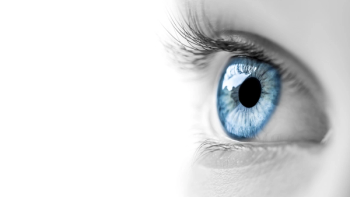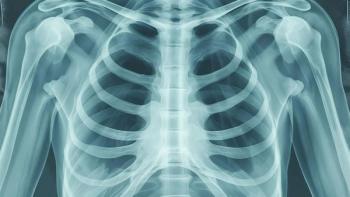1. You are more likely to die in a house fire in any given year than you are of contracting male breast cancer. The odds of not getting this disease are definitely in your favor if you’re a man—about 1,000 to 1. It’s an orphan disease, with an estimated 2,550 new cases expected this year, with about 480 men dying from it. To put that in perspective, in 2018, an estimated 266,120 new cases of invasive breast cancer are expected to be diagnosed in women in the U.S., along with 63,960 new cases of non-invasive (in situ) breast cancer, according to the American Cancer Society.
2. Not just older men get male breast cancer. Male breast cancer accounts for 1 percent of all breast cancer cases, and men tend to be diagnosed at an older age than women. The average age for males is about 67 years. I was diagnosed when I was 64 years old, which fits the projections well. Bret Miller, the co-founder of The Male Breast Cancer Coalition was just 24 when he was diagnosed, so there are exceptions.
3. Almost half of male breast cancer patients are stage 3 or 4, according to research published in Cancer Treatment Reviews. It’s certainly a troubling statistic, but many men are reluctant to see a doctor at the first signs of breast cancer. As a result, they often are diagnosed at a later stage than women. A large number of men (and women, too) report that they are surprised to learn that guys can and do get breast cancer, but the simple fact is, where there are breasts there can also be cancer.
Male breast cancer is so understudied, underfunded and overlooked that it’s difficult to find five stand-alone facts about the disease. So here are two more items that may be of interest.
4. Men can lactate. The ability to lactate exists in a variety of male animals, though male milk production is typically a rare occurrence. However, male Dayak fruit bats are commonly known to lactate. So what about human male lactation? Believe it or not, men can, in fact, lactate. Possessing all the necessary equipment (see: Why Do Men Have Nipples), the main reasons men don’t see it happen very often is mostly just a lack of sufficient amounts of a single necessary hormone.
5. Men can have three nipples. And women can, too. It’s a relatively rare condition known as polythelia. According to the folks who keep track of such things, sometime around the fourth week of being inside our mothers’ wombs, we all start growing breast tissue. This development typically only happens along two thick symmetrical ridges of skin called the milk lines, which run from just above our armpits to the very beginning of our legs. The milk lines are thickest at around week six and fade away by week nine, but sometimes the milk lines don’t go away completely. When that happens, pockets of extra breast tissue can start growing in other areas. The result can be an extra nipple.
Male breast cancer is gaining ground on the international radar screens of public awareness, but we still need to encourage our primary care givers to remind and teach men how to check their breasts for signs of cancer. In my case, I was a lucky man as I had both a spouse and a sharp-eyed doctor of osteopathic medicine insisting I have that small bump on my left breast checked out. Less than 30 days later, I was out of surgery, stage 1, grade 3 and compelled to help other guys be so lucky. But no matter what stage you're in, there is great help and great hope that begins the moment of your diagnosis. Somewhere in your life, there is a man you care about.
www.MaleBreastCancerSurvivor.com





